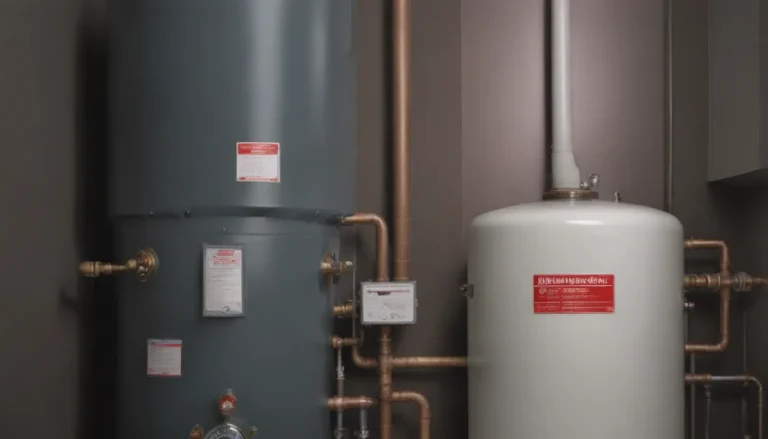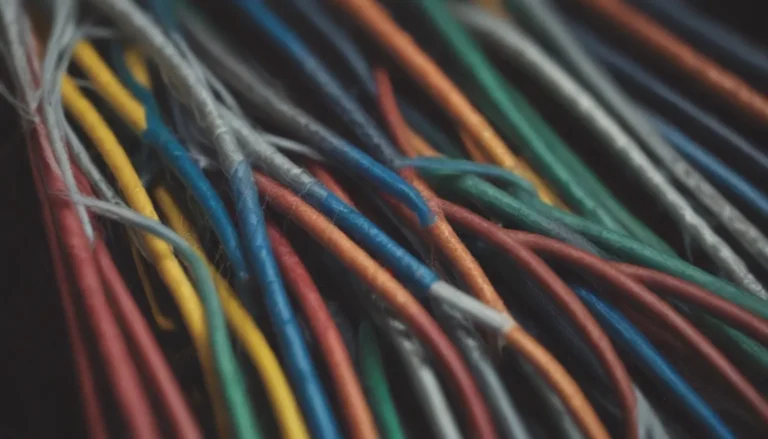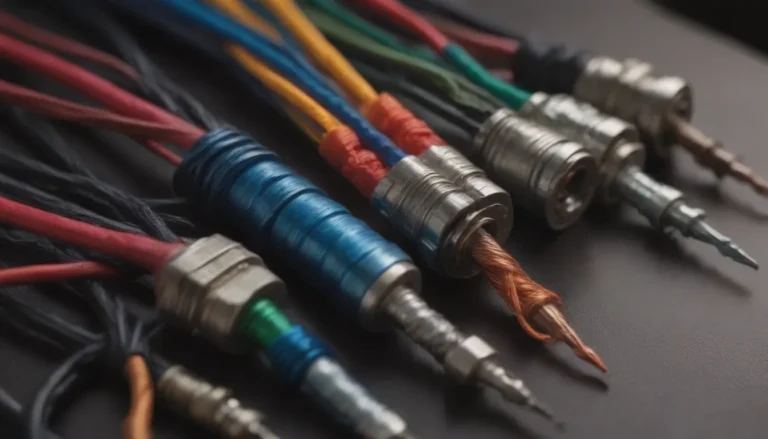A Comprehensive Guide to Choosing Between Plastic or Metal Electrical Boxes

In the world of electrical work, one of the fundamental decisions you’ll need to make is whether to use plastic or metal electrical boxes. While there are various options available, all electrical boxes can be categorized into these two primary materials. The choice between plastic and metal boxes often comes down to personal preference, cost considerations, and the specific electrical requirements of the project at hand.
In this detailed guide, we will explore the nuances of using plastic versus metal electrical boxes, providing valuable insights for both amateur DIY enthusiasts and professional electricians. By understanding the strengths and weaknesses of each type of box, you can make informed decisions that ensure the safety and efficiency of your electrical installations.
Understanding Plastic vs. Metal Electrical Boxes
When it comes to choosing between plastic and metal electrical boxes, there are several key factors to consider. Below, we outline situations where each type of box is most suitable:
Use a plastic electrical box for:
- Lightweight applications
- Cost-effective solutions
- Quick and easy installations
Use a metal electrical box for:
- Enhanced durability and strength
- Grounding requirements
- Secure mounting for heavy fixtures
Exploring Metal Electrical Boxes
Metal electrical boxes have a long history in the electrical industry, offering unparalleled strength, fire resistance, and grounding capabilities. While they may be heavier and slightly more challenging to work with compared to plastic boxes, metal boxes provide a level of security that is unmatched by their plastic counterparts.
Here are some key considerations when deciding to use metal electrical boxes:
- Strength: Metal boxes are incredibly durable and can withstand significant stress without distorting or bending.
- Grounding: Metal boxes are essential when using metal-sheathed cables or conduits that rely on the box for grounding.
- Installation: While metal boxes may require additional clamps and care due to sharp edges, they offer a secure attachment to studs and walls.
Tips for Working with Metal Boxes:
- Metal boxes are ideal for heavy fixtures like ceiling fans.
- Ensure proper grounding by attaching devices to the metal box.
- Consider using gangable metal boxes for added flexibility in installation.
When to Opt for Plastic Electrical Boxes
Plastic electrical boxes, commonly made of polyvinyl chloride (PVC), have become increasingly popular for residential and DIY electrical projects. While they may not offer the same level of strength as metal boxes, plastic boxes are lightweight, easy to install, and cost-effective.
Here’s why you might choose a plastic electrical box:
– Lightweight and easy to handle
– Budget-friendly option for non-demanding applications
– Ideal for use with Romex or NM wiring
Considerations for Plastic Boxes:
- Plastic boxes are suitable for Romex cables but may lack grounding capabilities for metal-sheathed wiring.
- Ensure proper attachment to studs or walls to prevent twisting or distortion.
- Look for plastic boxes with built-in wire clamps for added convenience.
Making Informed Decisions for Your Electrical Projects
Whether you opt for plastic or metal electrical boxes, it’s crucial to understand the specific requirements of your electrical installations. By choosing the right type of box for each scenario, you can ensure the safety, efficiency, and longevity of your electrical systems.
Remember to consider factors such as grounding, durability, ease of installation, and cost when selecting between plastic and metal electrical boxes. By weighing these considerations carefully, you can make informed decisions that meet the unique needs of your electrical projects.
In conclusion, the choice between plastic and metal electrical boxes ultimately boils down to your individual preferences, project requirements, and budget constraints. By arming yourself with this knowledge, you’ll be better equipped to tackle electrical installations with confidence and precision.





